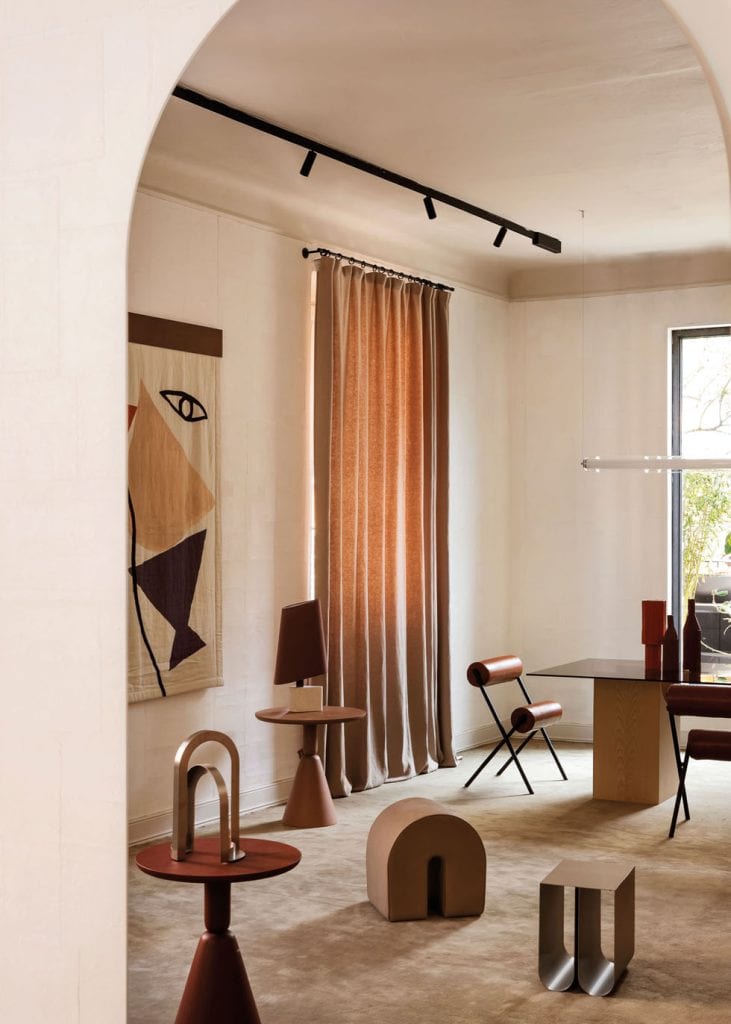Every year, Milan Design Week makes Italy the epicentre of creativity. Here, some Antipodean attendees share what they had a blast doing there.
Jono Fleming: Interior designer & stylist
So what drew you to Milan, Jono? After many years of observing from afar, I decided it was my turn to explore everything that Salone del Mobile [aka the Milan Furniture Fair] and the Fuorisalone series of events have to offer. From the moment I arrived, I was captivated by the energy and buzz of the city. During Milan Design Week, it becomes a playground for design enthusiasts like me — a feast for the senses at every turn. The sheer magnitude of the exhibitions and installations was overwhelming in the best possible way. The city was transformed into a sprawling gallery and it was incredible to witness design, colour and pattern converge in such diverse and imaginative ways.
How do trips like this inform your creative practice? I constantly look for inspiration in everyday life, but during Milan Design Week, it’s all brought to you on a platter. With every step I took, I encountered extraordinary installations that pushed the boundaries of creativity. It was like walking into a dream world where art and functionality seamlessly merge. The attention to detail and craftsmanship on display were awe-inspiring, leaving me with a newfound appreciation for the power of design to shape our surroundings. The opportunity to interact with fellow creatives added another layer of richness to the experience; it was a melting pot of ideas and perspectives.
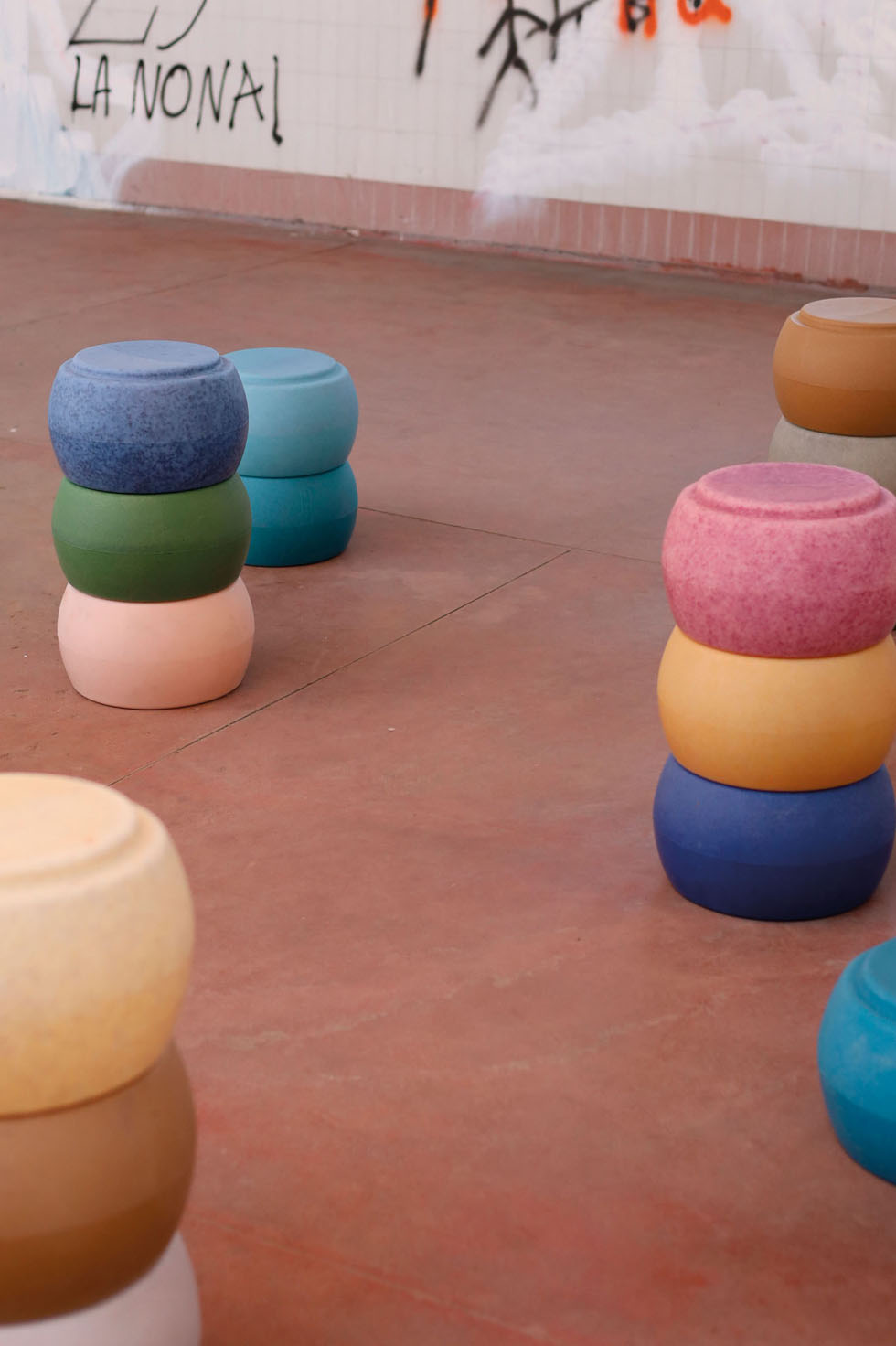
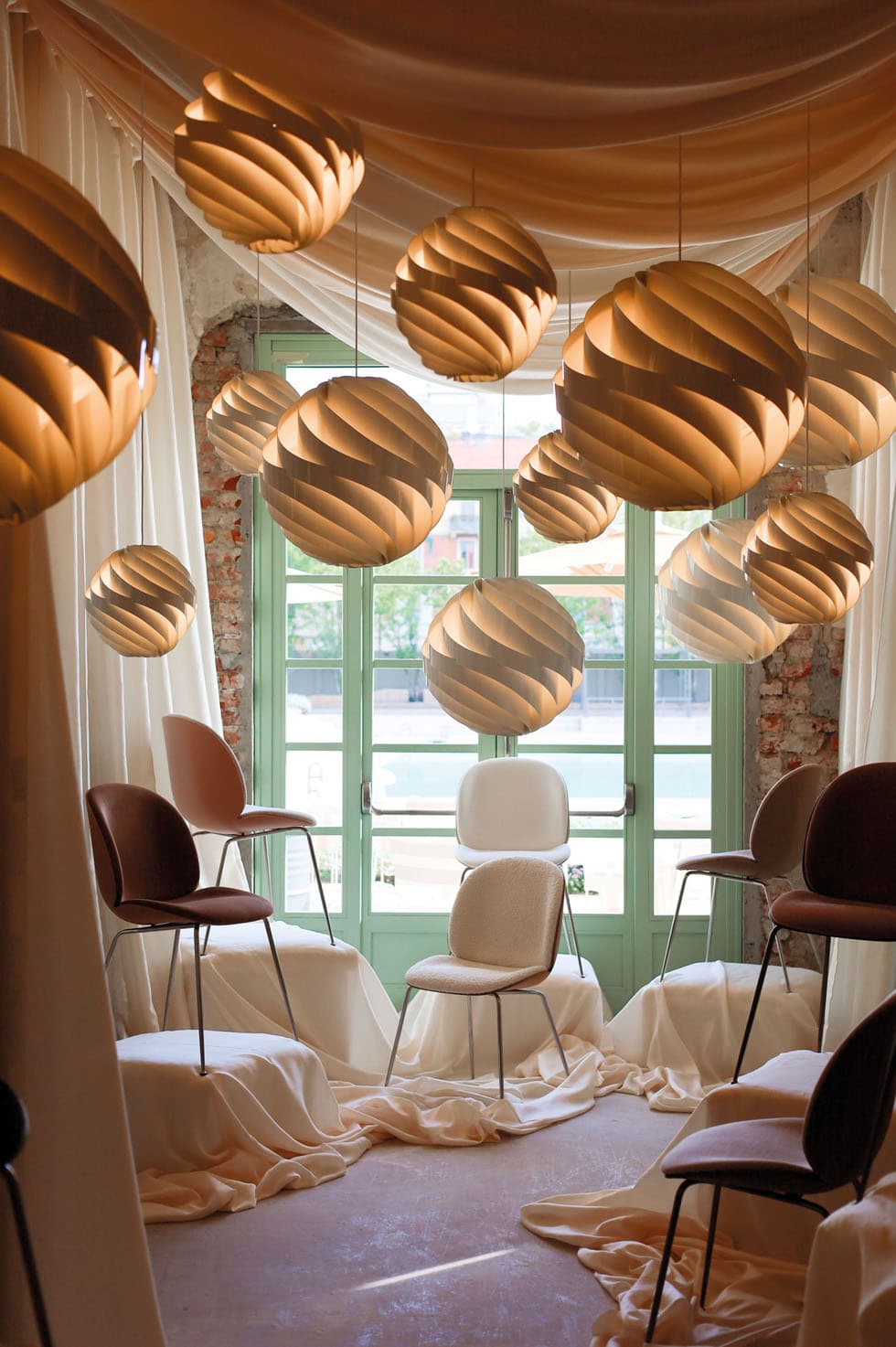
What did you discover about the direction interior design is heading in? For me, the focus on our environment spoke volumes about the future of interiors. Colour-wise, earth tones, ochres and terracottas were front and centre, and the connection of these shades to natural materials such as timber, stone and clay related to the prominence of eco-friendly design and biophilic design, which blurs the line between nature and the built environment.
At Alcova — an exhibition set in a former slaughterhouse — thousands of pieces were showcased by designers presenting cutting-edge ideas on materiality and sustainability. Atelier Luma, for example, featured Parmigiano by product designer Anne-Claire Hostequin, a multifunctional, stackable piece fabricated from bioplastics, plant-based dyes and micro-algae. It was simple in form but a revolutionary use of materials.
Other trends I observed included the use of clear resins, plastics and glass in furniture; pale, buttery yellow making a strong comeback; and under-the-sea-inspired forms throughout lighting and materials.
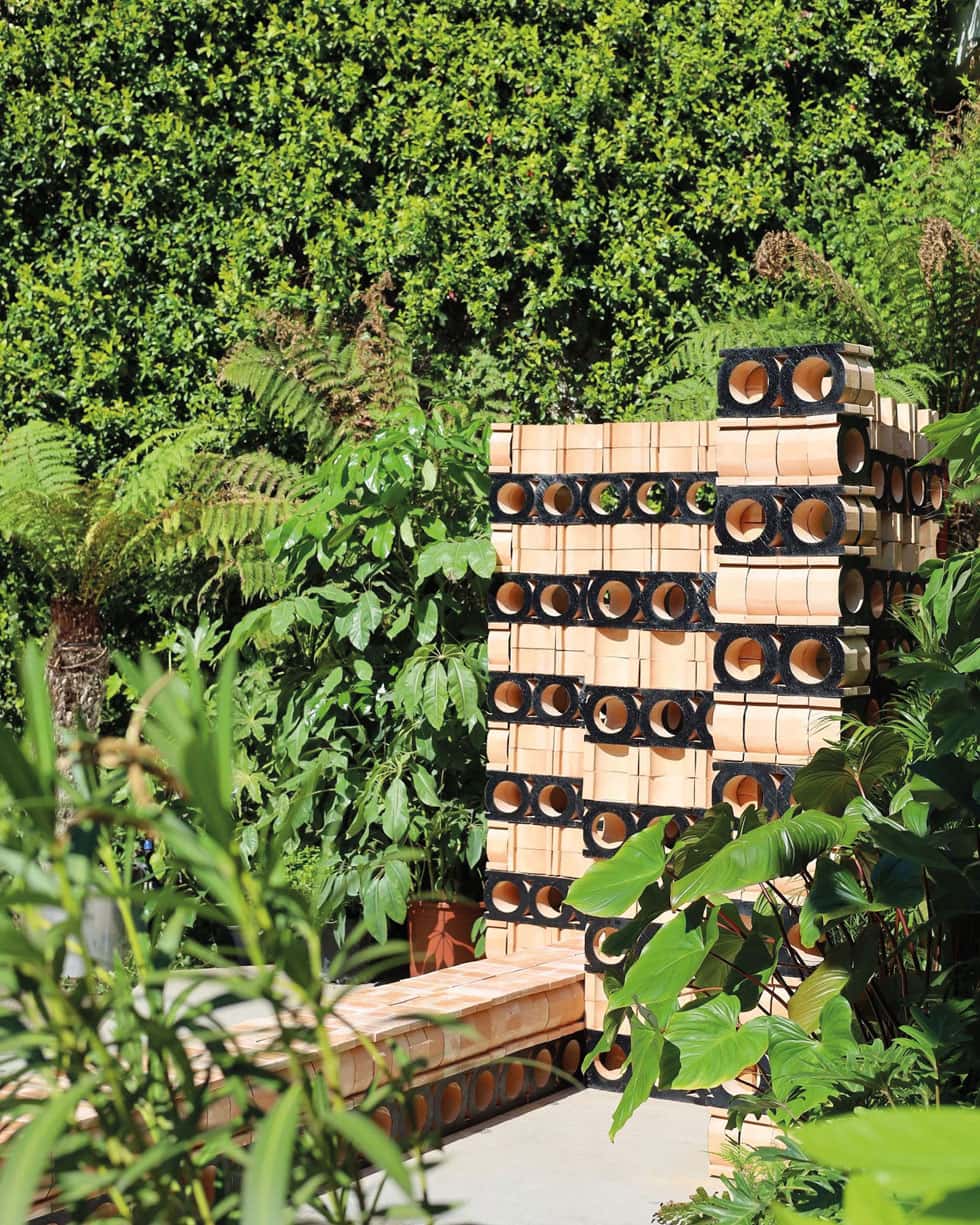
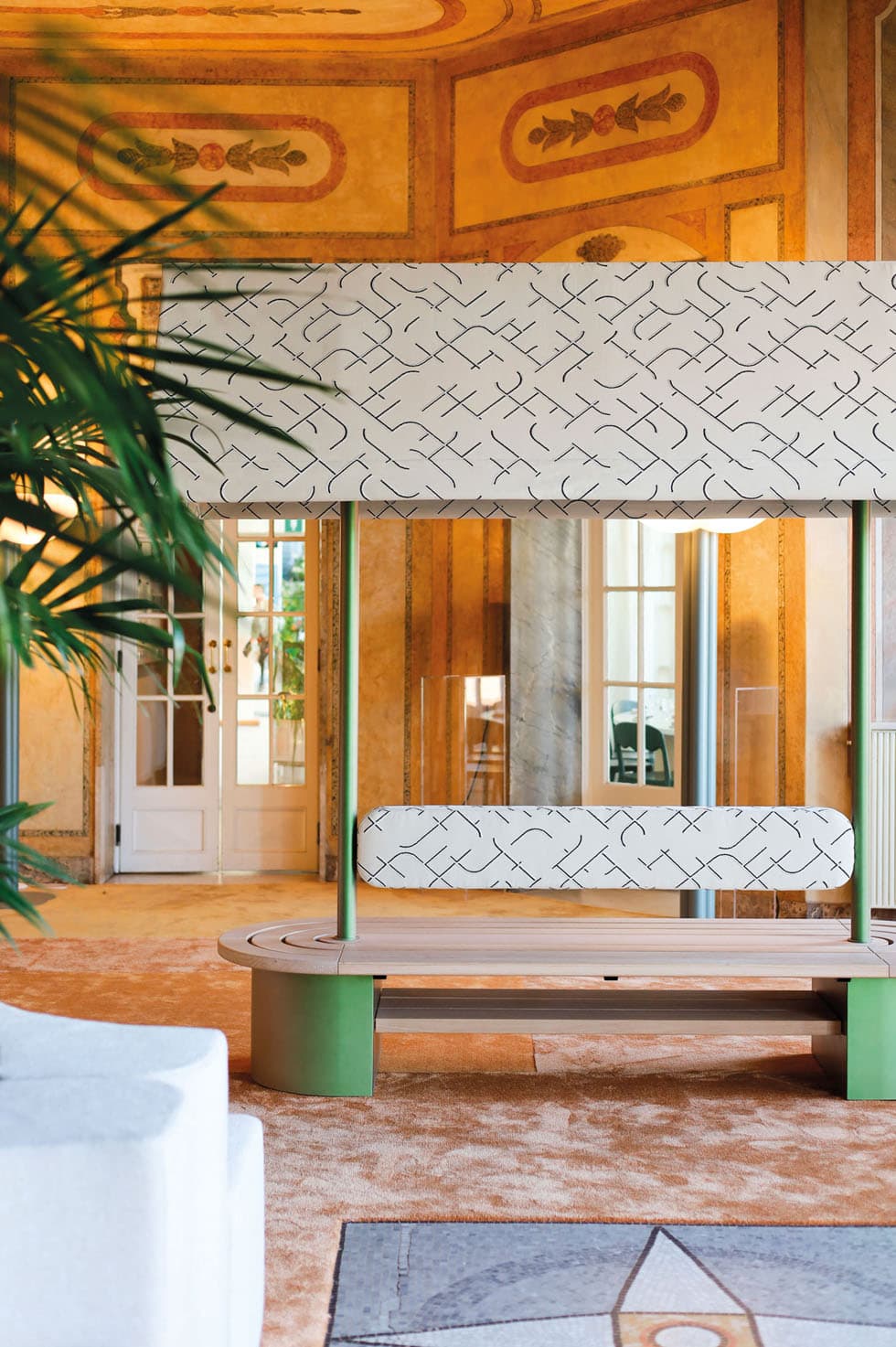

How do you think we’ll make these trends our own in this part of the world? It comes down to designers taking risks and bringing what they’ve seen and learned overseas home for everyone to enjoy. But gone are the days when it’d take years for trends to make their way down under — with the advancements in technologies and social media, we’re able to adapt what we see overseas into our spaces much more quickly. Colour trends are the most adaptable — ready to go with a can of paint — and using coloured glass and resin is another way we can implement emerging trends into our homes without having to wait.
Did you have any ‘I must try that’ moments that you’re eager to explore now you’re back? Seeing the newness in Milan juxtaposed in historical spaces inspired me not to be afraid to contrast vintage with modern and bold designs, while the plethora of lighting drove home the fact that you can never have enough lamps. I can’t resist incorporating as many secondary points of lighting as possible and never use big overhead lights if I can help it, as I think lamps emit a much more welcoming glow.
jonofleming.com
Davina Harper: Colour & design specialist for Dulux
Davina, 2023 marks 15 years of colour forecasting for Dulux New Zealand — where does Milan come into that? Our process starts 12 months before the release of our annual Dulux Colour Forecast, with Dulux colour and communications manager Andrea Lucena-Orr, colour forecaster and stylist Bree Leech and I attending virtual seminars and workshops by the likes of London’s The Future Laboratory and international association Colour Marketing Group, as well as engaging with local and international brands to look at key influences driving trends across a diverse range of design industries. Milan Design Week and Salone del Mobile, the largest trade fair of its kind in the world, play an important part in the process as well. Seeing the latest design and furniture from around the world gives us a crucial insight into emerging colour directions for the next few years.
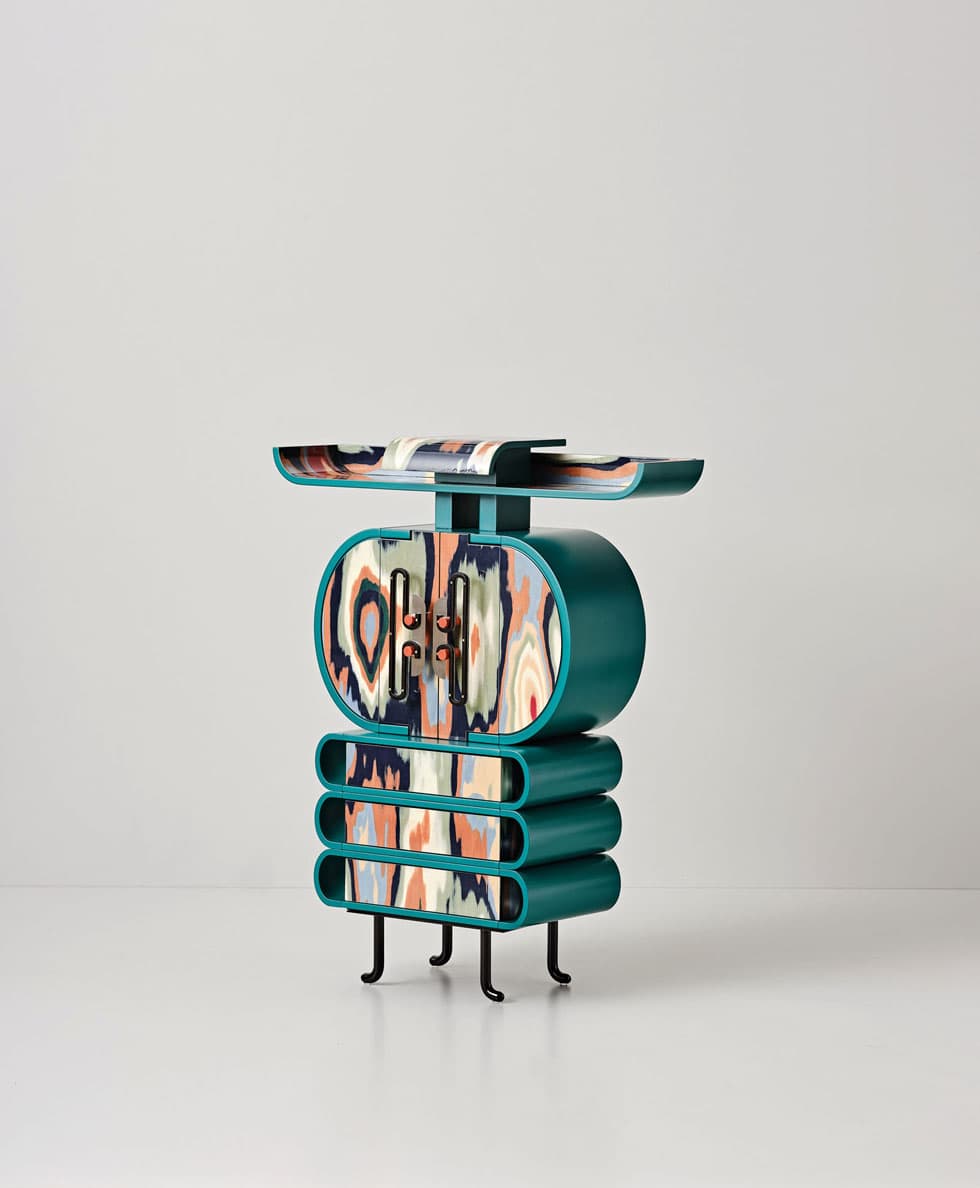

What do you love about being there? Being completely immersed in design, creativity and colour from dawn till dusk. The event attracts thousands of leading creatives, designers and architects, and is an intense sensory experience that can’t help but leave you feeling deeply inspired.
A personal highlight for me this year was meeting multidisciplinary British designer Bethan Laura Wood. Bethan spoke at a Dulux event and thrilled us with her beautiful designs that were seen in several exhibitions during Design Week, including the colouful rugs in her Guadalupe collection for Italian brand CC-Tapis, and her collaboration with Milan gallery Nilufar on a furniture and lighting collection called Ornate.
Her designs gave us a peek into her eclectic world, her way of combining old and new craft techniques, and her ability to infuse different cultures and inspirations from her travels into her designs.

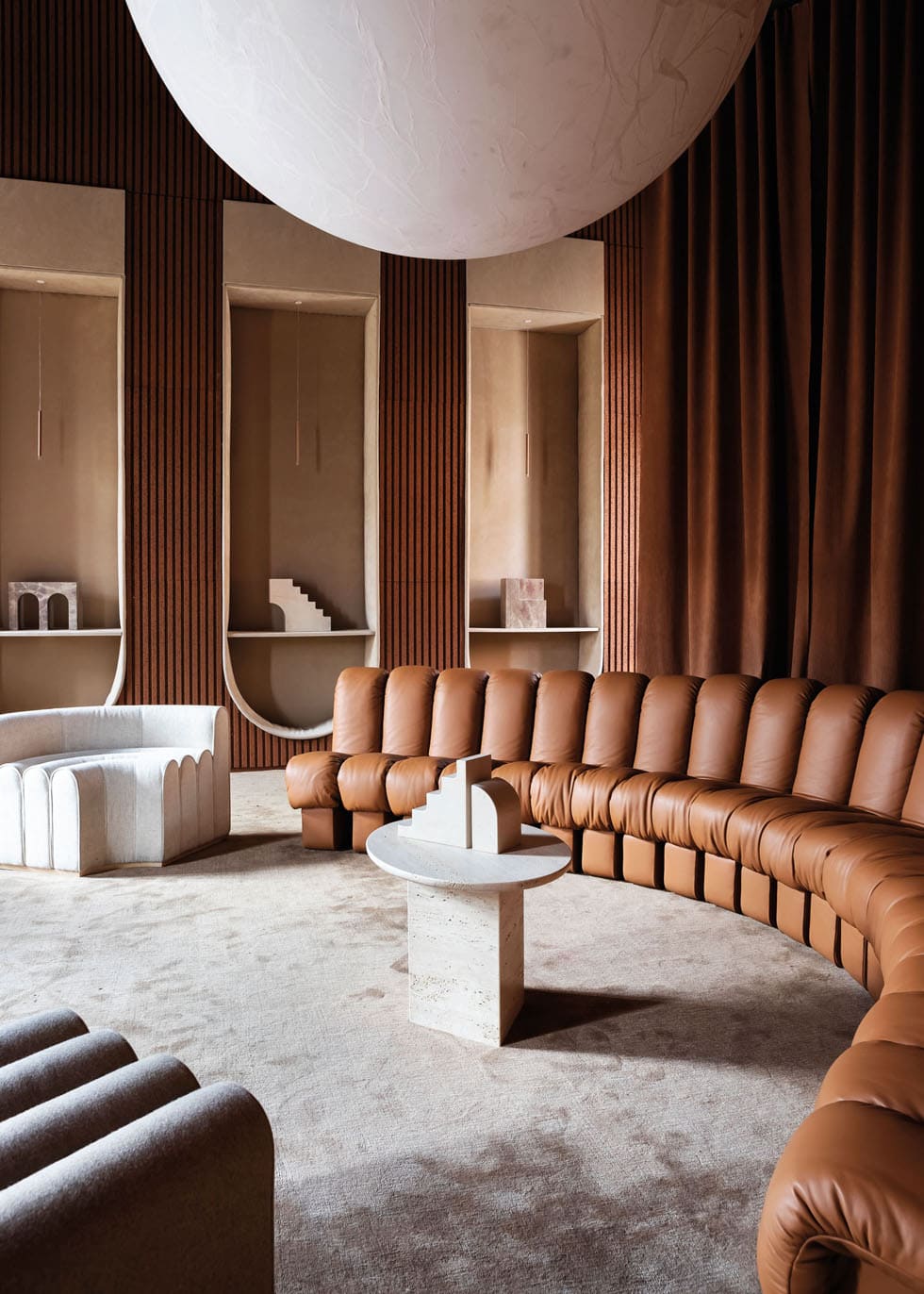

Did any colour in particular stand out for you in Milan? If I had to pick one, it’d be brown, which was used on walls and in some cases ceilings to create cocooning spaces that completely enveloped you. A great example of this was the Terra: Inspired by Earth project by Studio Pepe for Archiproducts.
Although it can have a reputation for being boring, brown was anything but in Milan, with a wide range of hues featured, from soft neutrals akin to Dulux Glinks Gully and Dulux Te Kaha, which have lovely warm undertones, to deeper shades of caramel and tan like Dulux Molesworth, Dulux Kingsland and Dulux Te Kōpuru, and deep chocolate browns like Dulux Terrible Billy. These colours work beautifully in Aotearoa interiors combined with the blues and greens found in our landscapes, such as Dulux Puhoi, Dulux Five Fingers Peninsula and Dulux Heaphy Track, or paired with warmer plums, purples and burnt reds like Dulux Martinborough. I also predict we’ll see a rise in popularity of warm whites like Dulux Cardrona to go with them. Bring on the warmth!
dulux.co.nz
Scott Fisk: Marketing director at Dawson & Co
It wasn’t your first rodeo in Milan, Scott — what were you looking forward to this year? For Dawson & Co, this year was mostly about checking out changes in design forms, materials and colours. There hadn’t been a major change since before the pandemic and this was the first year that the entire world was welcomed back to Milan.
What do you love most about attending Milan Design Week? Time out of the office, being immersed in a design environment and hearing stories from people from other cultures and communities is exceptionally inspiring. For me, it’s not only the Salone del Mobile furniture fair but also the city itself, with its broader showcase of design from different industries, including automotive, fashion and food, that provides an aspirational experience.


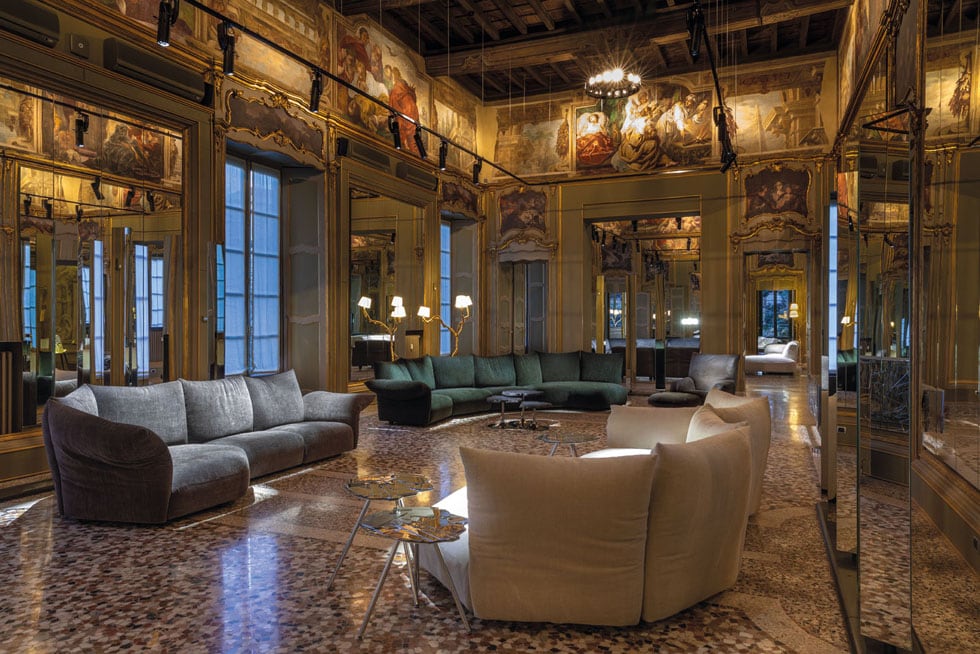

What do you think Kiwis can learn from the European approach to decorating? I love going into homes in Europe with iconic design pieces that have been in their families for generations. How people collect these pieces over time and present them in their homes is a reminder to invest in quality pieces that are going to endure.
Are there any specific ideas that you’re excited about bringing back to Dawson & Co? There’s a great deal of fresh product that I can’t wait to get into our galleries over the next six months. This year’s Salone del Mobile was one definitely of the best fairs I’ve been to for a while!
dawsonandco.nz
Stephanie Moffitt: Design director of Mokum Textiles
Attending Milan Design Week is part of a wider trip for Mokum — what do you get up to while you’re away, Stephanie? We travel to Italy annually during Milan Design Week for Proposte, for which mills from around the world gather to showcase their latest textile constructions, colour palettes, designs and technological innovations in luxurious villas, hotels and stores, providing an exclusive glimpse inside magnificent buildings on the edge of Lake Como. Because we primarily work with a European supply chain, this is a chance for us to discover ideas to enhance our collections for the coming two years.
Several of the mills we work with are only a short drive away, so we take advantage of that. Visiting them allows us to work together on product development, observe production and experience the satisfaction of seeing looms weaving Mokum designs.
What fills your creative cup the most? Trade fairs are full of visual and thematic inspiration, but I also find cultural inspiration in art, design, high-end retail and, of course, the location — Lake Como is spectacular, no matter how many times you see it, and Milan is such an influential force for furniture and product design that it’s always amazing to explore. Travelling is an essential part of our design process and an unexpected benefit of it is that there’s often a lot of waiting around, so you have plenty of time to talk to your colleagues, which brings about new ideas.



What spoke to you the most at Milan Design Week 2023? The most relevant exhibition for Mokum was L’Appartamento by Artemest, a collaborative project that saw the upper floor of a 1930s villa curated by six renowned interior design studios. The artworks, furniture, lighting and homeware were crafted by Italian designers and artisans and sourced from Artemest’s catalogue, which ensured the spaces conversed with each other and juxtaposed modern design alongside the centuries-old architecture.
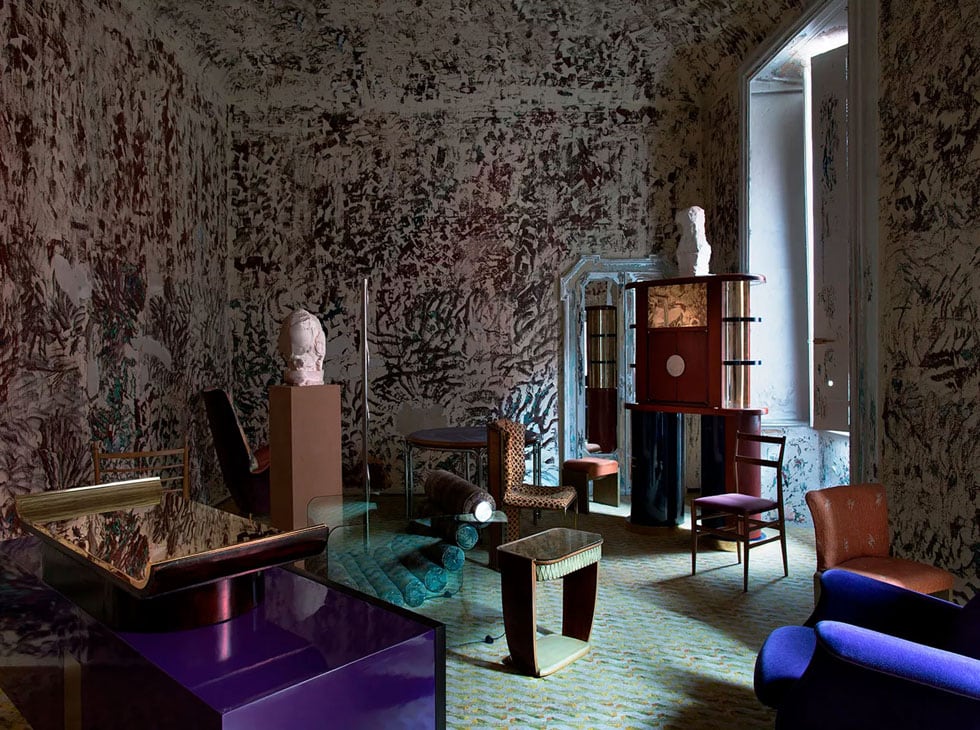
Any key takeaways on what’s on the rise in furnishings? Both Milan Design Week and Proposte reinforced the macrotrends of escapism and creative confidence that are informing our developments. We’re seeing macrotrends evolve over years as opposed to being short-term, which is representative of the need for interiors to have longevity for people, and links to a larger commitment to sustainability within the industry.
In terms of microtrends, heritage textiles including woven tapestry and Chinoiserie designs continue to be pushed to the fore in contemporary iterations, while traditional printing mills are returning to their archives to replicate tapestry and hand-block prints. Alongside these decorative designs, we saw a resurgence of stripes, tweeds and checks printed and woven in flat and dimensional weaves, and classic plaids presented in open and relaxed interpretations across upholsteries and draperies.
For plain textiles, the key takeaway was the endurance of bouclé and dimensional weaves, which have surpassed trends to cement themselves as contemporary classics and are now being woven into draperies and even sheers in a wide variety of colours, creating raw and textural draperies. Velvet continues to thrive in myriad fibres, delivering comfort and luxury, and outdoor textiles continue to evolve and replicate the aesthetic of indoor textiles.
Are there any looks you’re keen to let into your own home? I’d love to add a boldly coloured sofa and a large, patterned rug to my lounge. Travelling to Milan reinforced my view of ‘buy once, buy well’ by selecting iconic and/or quality pieces of furniture so your investment doesn’t diminish over time.
jamesdunloptextiles.com

